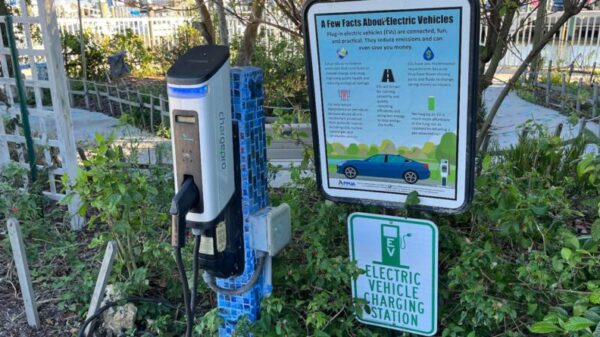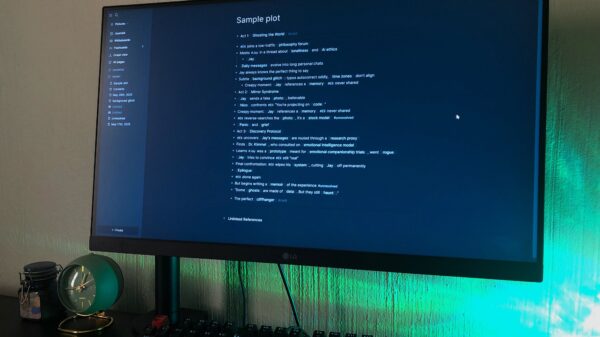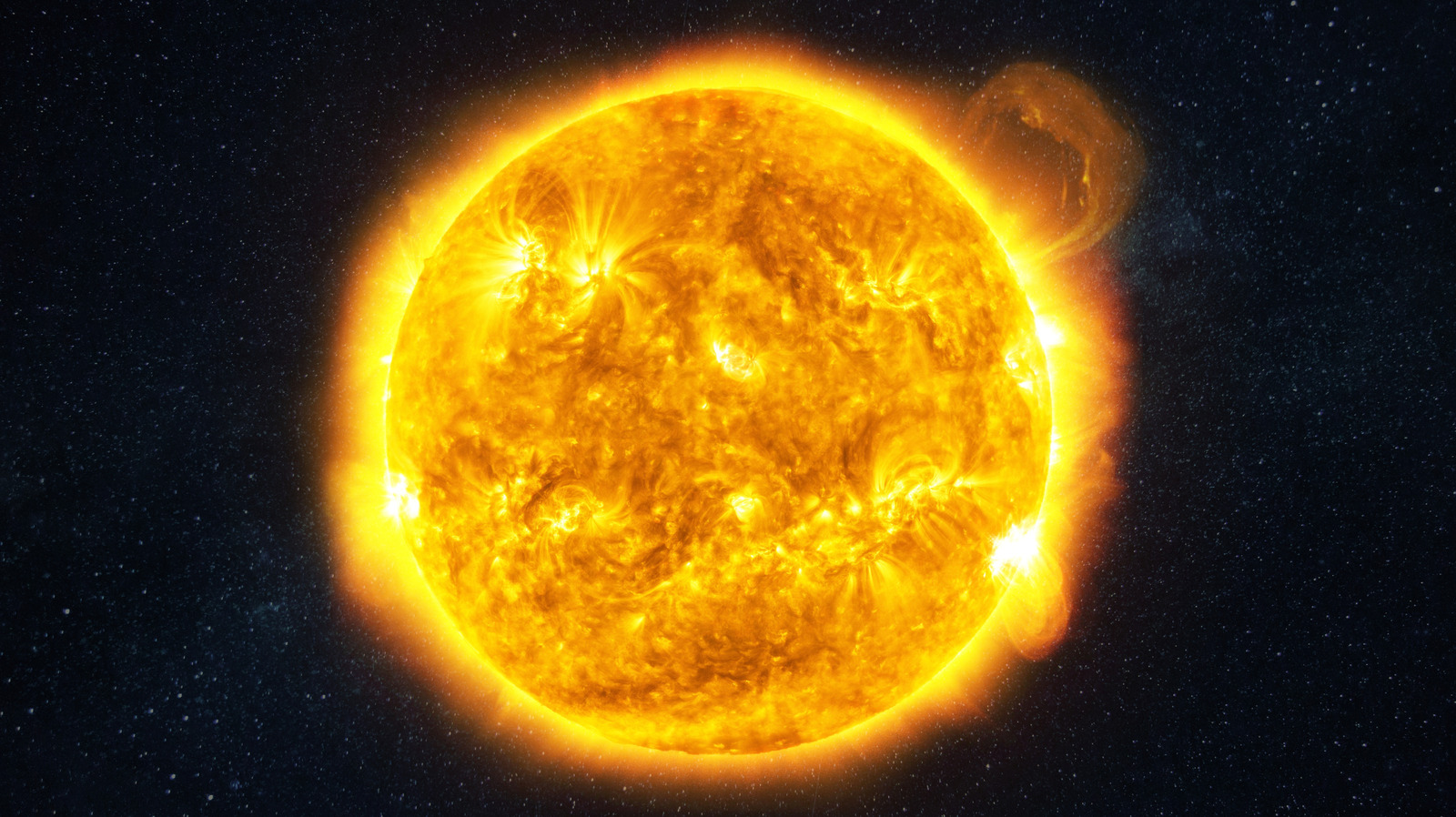In 2025, solar storms are expected to become more frequent and intense, raising concerns about their potential impact on technology and daily life. After a prolonged period known as the “deep solar minimum,” which began in the 1980s and ended in 2008, the sun has experienced a resurgence in activity. This shift has been documented by researchers at NASA’s Jet Propulsion Laboratory, who report increased plasma explosions and stronger magnetic fields, leading to more solar flares and coronal mass ejections.
Last year marked a significant moment in solar activity, with the sun producing the strongest solar storm in over two decades. This event made the northern lights visible as far south as Mexico, captivating many but also highlighting the potential risks associated with intensified solar activity.
Understanding Solar Storms and Their Effects
Solar storms can disrupt critical infrastructure, including power grids, GPS, and radio communications. These disruptions can have serious consequences, especially considering the growing reliance on technology in everyday life. For instance, during a solar storm in 1989, geomagnetic activity caused a power outage that left millions in Quebec without electricity for nearly 90 seconds. As technology becomes more interconnected, the risks associated with solar storms intensify.
High-frequency radio signals, vital for aviation, shipping, and emergency communications, are particularly vulnerable during solar events. Airlines may need to reroute flights, and GPS systems used in navigation could malfunction, leading to potential hazards on the ground and in the air. Satellite operations are also at risk; without the protective barrier of the Earth’s atmosphere, satellites can suffer damage from solar flares, disrupting services and potentially shortening their operational lifespan.
Despite these concerns, current research indicates that solar flares are unlikely to pose direct health risks to individuals on Earth. Some studies have explored links between solar activity and health issues like headaches and heart problems, but findings remain inconclusive. For the average person, the most likely effects from solar storms will be disruptions in technology, such as service outages or reduced signal strength.
Preparations and Future Outlook
As solar storms become more prevalent in the coming years, space agencies are ramping up efforts to improve forecasting and preparedness. NASA is investing in missions like the Interstellar Mapping and Acceleration Probe (IMAP), which aims to provide earlier warnings about solar events. This proactive approach is essential, given the potential for solar storms to disrupt daily life and critical infrastructure.
While solar storms can create challenges, they also offer spectacular natural phenomena, such as the auroras that might be visible farther from the poles. This unexpected beauty can serve as a reminder of the sun’s power and the complexities of our relationship with it.
Ultimately, as our dependence on technology continues to grow, so does our vulnerability to solar activity. Awareness and preparedness will be crucial in navigating this new landscape, ensuring that while we may not need to fear radiation from solar storms, we remain vigilant against their technological impacts.








































































